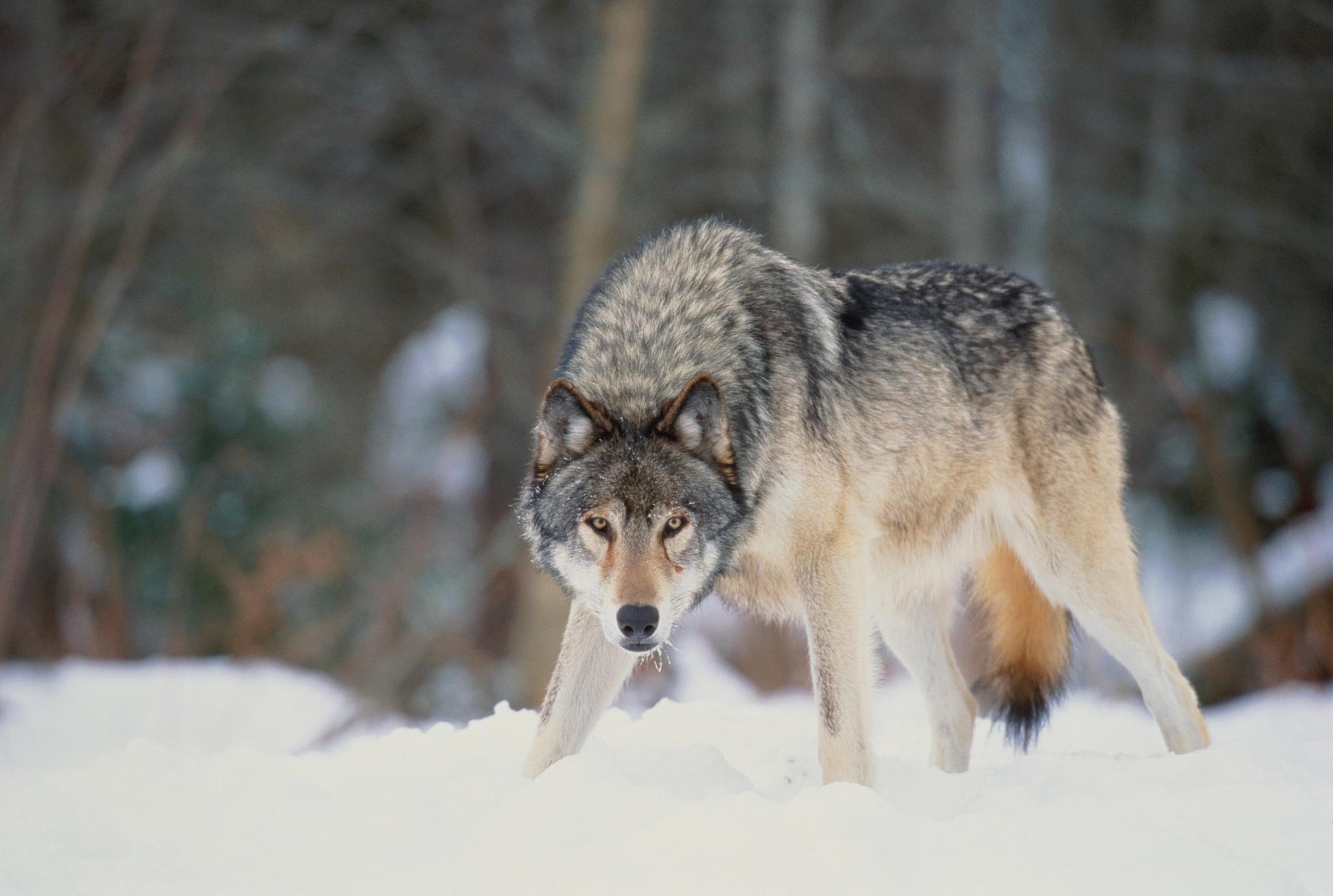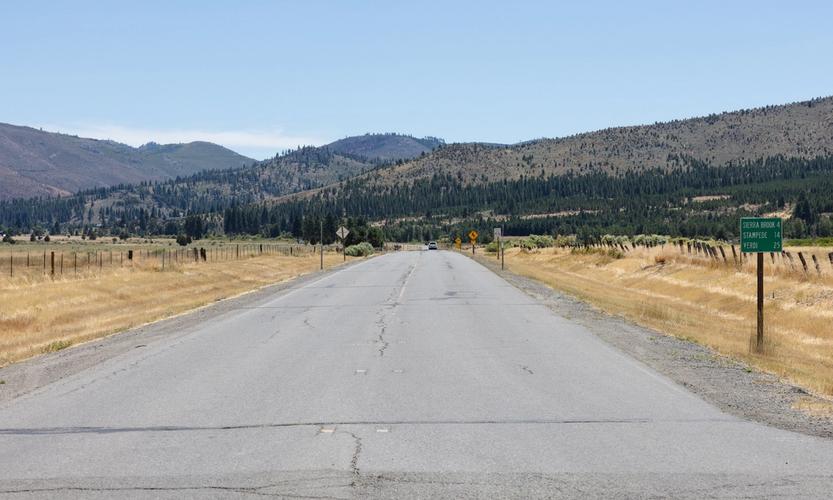Beyem Seyo Wolf Pack Inactive, Grizzly Pack Discovered
November 24, 2025

A new wolf back has been spotted in the region after lethal action was taken against members of the Beyem Seyo pack.
PLUMAS, SIERRA COUNTIES — Last week, the California Department of Fish and Wildlife (CDFW) confirmed a new wolf pack operating in Plumas County north of the Sierra Valley, naming it the Grizzly pack. Agency officials detected two adult wolves through camera traps, scat samples, and direct observations by biologists north of the Sierra Valley. Genetic testing of the scat identified one unknown male wolf and a female that originated from the Lassen pack. Biologists also spotted a pup, apparently confirming the presence of a breeding pair and offspring.
Efforts to study the Grizzly pack included a 10-day operation by CDFW biologists, who attempted ground-based captures. Personnel from the Forest Service and private timberlands supported the work by gathering additional data on the wolves’ movements and habits. So far, no investigations into livestock losses have been linked to the new group, offering early signs of coexistence in the area.
Those findings follow the recent inactivation of the Beyem Seyo pack, which ranged across Plumas and Sierra counties. Officials lethally removed pack members after the wolves relied heavily on livestock for food, prompting repeated conflicts with ranchers. The CDFW attempted to capture and relocate juveniles alive. Yet, the remains of two pups surfaced with undetermined causes of death. Agency staff accidentally killed a third pup during the operation, alongside three adults targeted intentionally. In total, the Beyem Seyo pack accounted for 41 confirmed and 23 probable livestock depredations from July through October.
California’s gray wolf population shows steady expansion despite the action, including the identification of more than 30 new pups during 2025. Groups like the Center for Biological Diversity (CBD) lament the lethal measures against the Beyem Seyo pack but celebrate the broader recovery. “Wolves are still in the early stages of recovery in California and these new arrivals keep their recovery on a positive trajectory,” said CBD senior wolf advocate Amaroq Weiss about the newly detected pups. “Though wolf recovery is still a new thing for people in California, I’m confident we can find pathways to success,” she added.
Ranchers in the Sierra Valley had sounded the alarm over the excessive number of wolf-related livestock attacks in the region, but the CDFW’s actions have eased those tensions. “What everybody needs to understand is they were habituated to people, you know, communities and livestock. They were habituated to all of it because it didn’t bother them; they killed right outside the damn house,” said Sierra County Supervisor Paul Roen, a rancher himself. Roen was heavily involved in the unsuccessful attempts to haze wolves from ranches using non-lethal methods during the summer, including through a CDFW-led strike team, which failed to prevent depredations despite constant operation over several months.
With management tools like lethal removal available, Roen believes ranchers will embrace coexistence, saying, “[Wolves] will flourish in the places where they should be and they’ll pull back in the places where they don’t belong.” He acknowledges that wolves have arrived permanently in California, but says the Sierra Valley lacks sufficient wild prey to sustain a pack as large as the Beyem Seyo had grown.
Featured Articles

WCB Considers Grant for Sierra Valley Tribal Land Purchase →
Updated November 22, 2025
Sierra County Board discusses grant for Washoe Tribe’s land purchase for habitat preservation.
Beyem Seyo Wolf Pack Inactive, Grizzly Pack Discovered →
November 24, 2025
Clothing Linked to Missing Resident Gil Clark →
November 18, 2025
CDFW Injects Chinook Salmon Eggs Into North Yuba →
November 13, 2025
Helicopter Logging Project Underway Near Downieville →
November 13, 2025